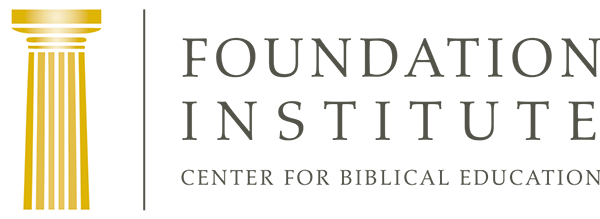How Do You See Other People?
Written by Joshua Travers
How do you view the people around you—all good, all bad, or a complicated mixture of both? And more importantly, how do we treat the people in our lives?
 Is the glass half full or half empty?
Is the glass half full or half empty?
This question is used to gauge whether someone has a positive or a negative outlook. If we say that the glass is half full, then we probably tend to see the positive side of situations. If we see it as half empty, then we look more at the negative side of things.
Do we view those around us as half full or half empty?
Good people, bad people
The idea that people are either good or evil is common in our society. Of course, the determining factor is often our own biased perceptions of how a particular individual benefits or harms us. In most books and movies, this dichotomy works well: The good guy has to stop the bad guy—and often, at the same time, rescue the damsel in distress.
If you possess this worldview, then you probably realize how nice it is. If someone is good, then you can trust and rely on them. True, they may have their faults, but so does everybody else—including you—so they’re not really that bad. If someone is bad then they’re out to hurt others and get more for themselves at someone else’s expense. Every small flaw they possess is an indicator of just how corrupt that person truly is.
While this idea works terrifically at keeping life simple, it does not take reality into account.
Man is a mixture
The reason why we cannot successfully pigeonhole mankind into two categories, such as good and evil, is that people are both good and evil. The first sin that man committed was eating from “the tree of the knowledge of good and evil” (Genesis 2:17, emphasis added). Mankind, apart from God, is composed of both moral good and moral evil.
Good is defined by obedience to God’s law. And evil is defined by sin, the breaking of God’s law (1 John 3:4). We can have good morals, actions and beliefs when we align our lives with God’s law (Exodus 20). We can have evil morals, actions and beliefs when we break the law. This is the division between a good and evil person.
Dealing with a mixed people
Since everyone is a mixture of good and evil, what is the best way to deal with others? Instead of going with the two extremes of seeing them as perfect or very imperfect, we should make an effort to see people’s positive points in addition to their faults. Like the optimist who sees the glass as half full, we should also see the full half of the people we meet, instead of just the empty half.
Here are three ways to focus on the full half of people.
- Look at strengths instead of weaknesses. If all that we look at is what people do wrong, many will seem evil. Instead of focusing on their personal failings, we should also look at their strengths as much as, if not more than, their faults.
- Seek out the best in people. This is especially important for leaders, but everyone can benefit from seeking the best in others. If we look for the best, we can better see the potential in people.
- Control your emotions. Our emotions can cause us to focus on a very narrow range of a person’s character, and it is very seldom a positive part of their character. Think about the account of Cain and Abel. Cain focused solely on what he perceived to be a fault in Abel—that Abel was trying to outdo Cain’s offering. Instead, he should have focused on what Abel was doing right and learned from the example (Genesis 4:5-8).
Of course, there are occasionally times when we do need to point out someone’s faults in order to help them change (James 5:19-20).
All people have their faults—that is beyond denial. How you view and treat them, however, helps determine how they respond to you. Seeing the positive side of people will benefit us and those around us.
To learn more about this topic, read “The Power of Positive Expectations and Encouragement.”










